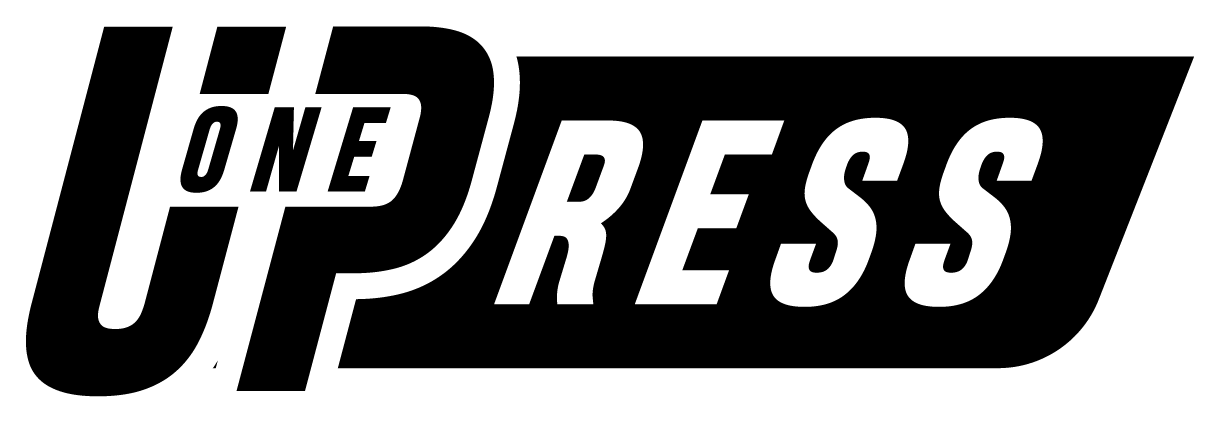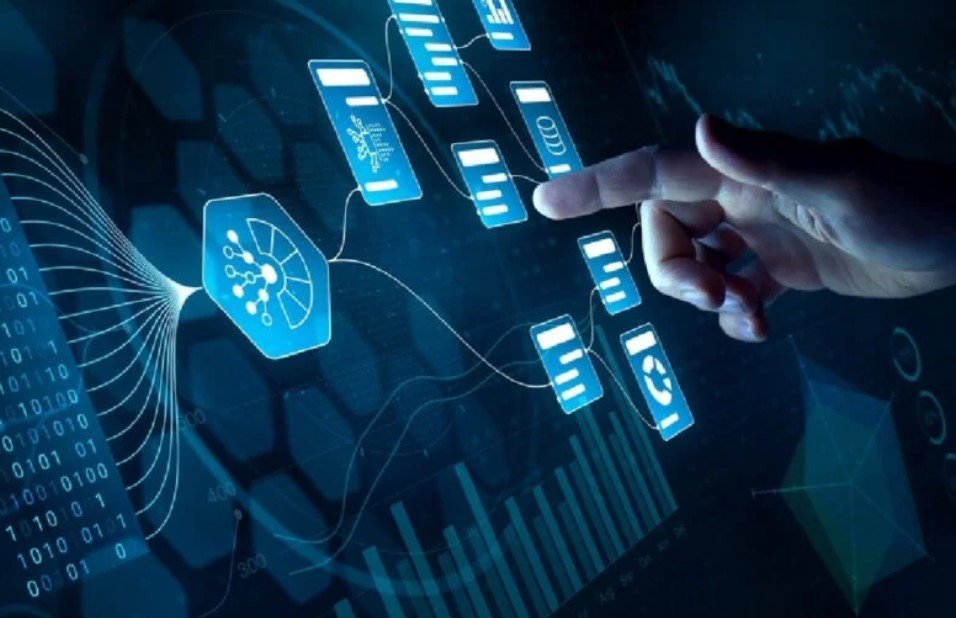In the ever-evolving digital landscape, the birth of new terms, acronyms, and linguistic constructs is inevitable. From internet forums and coding repositories to academic whitepapers and social platforms, language is being reshaped in real-time. One such emerging term is “Transds” — a mysterious and increasingly searchable word that sparks curiosity due to its unclear origins and multi-context usage.
While Transds doesn’t (yet) enjoy dictionary status or mainstream recognition, its presence in academic, technical, and digital spaces points to an evolving definition shaped by context, abbreviation trends, and niche culture.
In this article, we’ll explore:
- What “Transds” could mean
- How it’s being used across different sectors
- Why it matters in today’s hyperconnected communication landscape
Let’s embark on a journey to decode Transds—a term that reflects how language is no longer static but adaptive, fragmented, and community-driven.
Deconstructing “Transds”: A Lexical Exploration
To understand any emerging term, especially one like Transds, it’s useful to break it into its components.
The Prefix “Trans-”
The prefix “trans-” originates from Latin, meaning:
- Across
- Beyond
- Through
- Change thoroughly
You’ll find “trans-” in widely used terms such as:
- Transport (carry across)
- Transform (change form)
- Transmit (send across)
- Transcend (go beyond)
In sociocultural and scientific contexts, it appears in:
- Transgender (across or beyond gender)
- Transnational (across national borders)
- Transdisciplinary (across academic disciplines)
The Suffix “-ds”
The “ds” suffix is less clear. It could be:
- An acronym (such as Data Science, Data Stream)
- A plural form
- A programming or technical shorthand
- A community-specific abbreviation
With no fixed dictionary definition, “Transds” becomes a linguistic puzzle, open to contextual interpretation—a perfect case study in how language is evolving in the digital age.
Potential Meaning 1: Transdisciplinary Studies (Academic Context)
One of the most academically viable interpretations of Transds is Transdisciplinary Studies—a growing approach in education and research.
What Are Transdisciplinary Studies?
Unlike multidisciplinary or interdisciplinary approaches, transdisciplinary studies:
- Go beyond traditional disciplines
- Create new integrative frameworks
- Involve collaboration between academia, industry, and communities
- Address complex real-world problems
Transds, in this context, may appear in course titles, research forums, or university departments as a shorthand or informal tag.
Example:
A student might say:
“I’m taking a TransDS seminar focused on climate change adaptation strategies.”
Here, “Transds” reflects an academic evolution—a move toward breaking down silos to solve global challenges like climate change, public health crises, and social inequality.
Potential Meaning 2: Technical Jargon in Data Science and Engineering
In the world of software engineering, data science, and ETL (Extract, Transform, Load) processes, transds could serve as a custom or internal term used in development environments.
Possible Interpretation: Transform Data Stream / Dataset
Breaking it down:
- Trans = Transform (a standard phase in data pipelines)
- DS = Data Stream or Data Set
Use Case in Code:
def apply_transds(raw_ds):
# Transforms the incoming data stream and returns a cleaned dataset
cleaned_ds = clean(raw_ds)
normalized_ds = normalize(cleaned_ds)
return normalized_ds
In this code example, apply_transds() could represent a custom function that applies transformation logic to a dataset or data stream.
Why It Fits:
In software development:
- Abbreviated terms are common to name functions, variables, and components.
- Internal jargon evolves quickly based on team habits or project scope.
Transds, in this sense, would be valid and functional, though not universal, making it a piece of localized tech vocabulary.
Potential Meaning 3: Social Media Slang or Community Code
Online communities are fertile ground for slang, acronyms, and neologisms. In this world, terms like “transds” often develop their own contextual meanings that outsiders may not grasp.
Subcultural or LGBTQ+ Community Usage
There are anecdotal reports of “transds” appearing in forums or hashtags linked to LGBTQ+ discussions. While “trans” is a common and affirmed identity descriptor, “transds” may:
- Be a misspelling or autocorrect error
- Function as an insider tag or meme
- Be a niche term within a small group
- Possibly be used humorously or satirically
Gaming and Online Forums
In gaming or fandom spaces:
- “Transds” may appear as a username, clan tag, or inside joke
- Could signify membership in a niche group
- Sometimes used in Discord servers or modded communities
Language in these communities is often:
- Rapidly changing
- Intentionally obscure
- Rich in layered meaning
The Complexity of Defining Internet Neologisms
The case of Transds showcases the growing challenge of defining emergent terms that arise outside traditional linguistic frameworks.
Why Is It So Difficult?
- Lack of Central Authority: No single institution governs internet language.
- Context-Dependency: Meanings change across platforms and communities.
- Ephemerality: Terms can trend for weeks, then disappear.
- Multiple Coexisting Definitions: Different uses can overlap or conflict.
What This Means:
To understand modern language, we must become “digital linguists”—able to read meaning through usage, source, and surrounding content rather than relying solely on definitions.
How to Identify the Meaning of “Transds” in Context
When you encounter Transds in the wild, use this framework:
| Signal | Question to Ask | Why It Matters |
|---|---|---|
| Platform | Where is the term being used? (e.g., GitHub, Reddit, university forum) | Different spaces use different jargon |
| Audience | Who is using the term? (academics, gamers, developers) | Indicates professional vs. informal usage |
| Tone | Is it serious, humorous, sarcastic? | Helps identify slang vs. formal usage |
| Companions | What words appear around it? | Provides context clues |
Transds and the Future of Language
Transds may never become a mainstream word—but that’s not the point. Its significance lies in what it represents:
- The adaptability of language
- The importance of context over definition
- The power of niche communities to shape meaning
Terms like Transds push us to rethink language as a living system, shaped not only by grammar books or dictionaries but also by tweets, codebases, and community channels.
Conclusion: Transds as a Microcosm of Modern Language
While we may never pinpoint a single, universal definition for Transds, our investigation has illuminated the term’s potential across various domains—from academic transdisciplinarity to niche programming functions and digital slang.
Key Takeaways:
- “Transds” is context-dependent and may mean different things in academia, tech, or online forums.
- It reflects the fluid nature of digital language, shaped by community, necessity, and creativity.
- Understanding such terms requires contextual literacy, not just lexical knowledge.
In an age where language evolves by the minute, terms like Transds are not just curiosities—they are cultural artifacts that reveal how we communicate, collaborate, and innovate in the digital world.
FAQs About Transds
Is “Transds” a real word?
No, it’s not officially recognized in dictionaries. But it’s an emerging term used in various digital and academic contexts.
Could Transds mean “Transdisciplinary Studies”?
Yes, that is one of the most academically grounded interpretations.
Is “Transds” a term in data science?
Possibly. It may be used informally to refer to data transformation processes, especially in internal or project-specific jargon.
Is it an LGBTQ+ identity term?
No confirmed evidence supports this. If used, it may be niche or satirical and not widely recognized.
Should businesses pay attention to terms like Transds?
Yes. Even ambiguous terms can offer insight into community culture, digital trends, and how language evolves in real time.
For More Latest Update oneuppress

